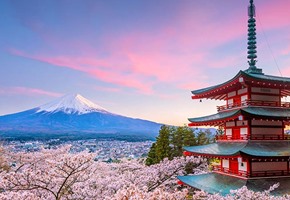
Best Holiday Destinations for 2026
29/12/2025 · By Ian Holt
To inspire your travels for 2026, Great Rail Journeys reveals our Top 10 best holiday destinations and expert tips, from bucket list sights to hidden gems.
Read moreNew Year Savings! Save up to £500pp on Worldwide 2026 & 2027 holidays, when you book by 31st January 2026.
Explore Japan from top to toe on an epic overland expedition from Hokkaido in the north to Kyushu in the south.
Experience all Japan has to offer, while journeying on ultramodern bullet trains. Compare Sapporo's scenic setting to Tokyo's neon-lit streets, and discover this captivating country's history through its tranquil temples, delicate gardens and at Hiroshima's Peace Memorial.
Take part in cultural experiences, including a tea ceremony in Kyoto, learning the importance of miso to Japanese cuisine and witnessing Hakodate fish market in the morning.
Unforgettable experiences

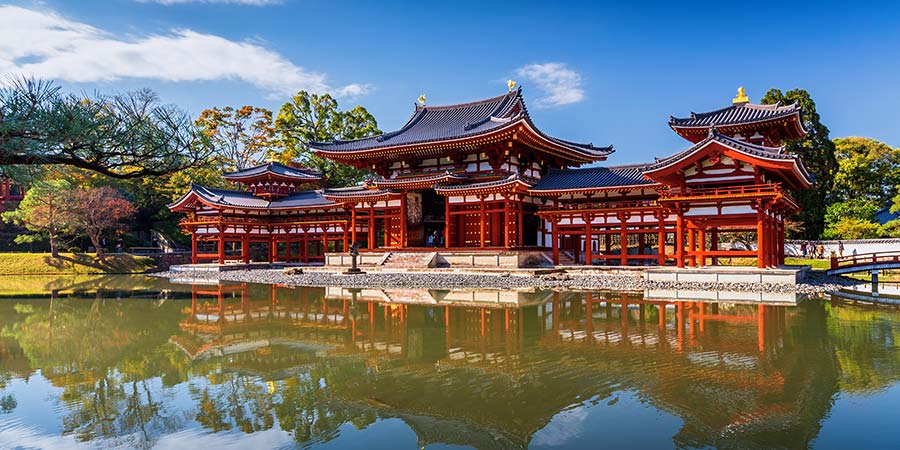
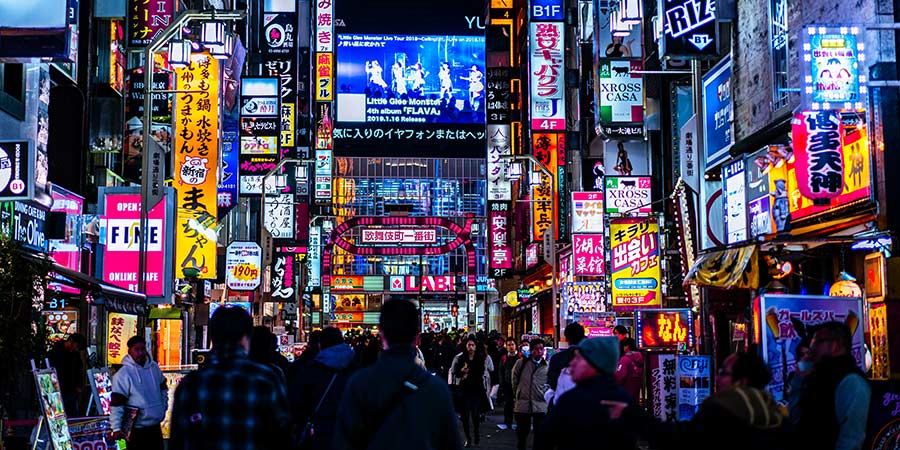

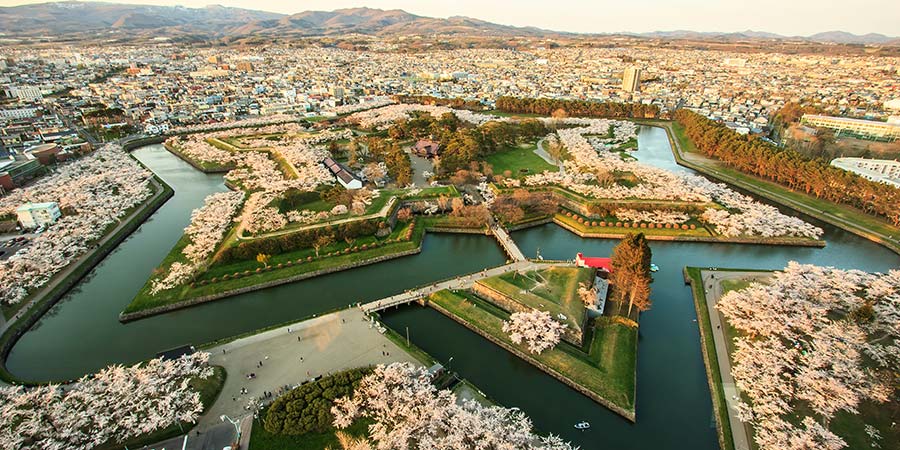
What’s included on the tour?
Itinerary
Your grand tour of Japan begins by meeting the Tour Manager and fellow travellers at London Heathrow ready for our flight to the magical 'Land of the Rising Sun'.
Japan brims with fascinating culture, spirituality and modernity. This archipelago of more than 14,000 islands has an incredibly mountainous interior carpeted by pristine forests and picture-perfect villages. Amid the neon-lit futuristic cities are beautifully ornate Shinto shrines and Buddhist temples, sitting side-by-side with shimmering glass skyscrapers. This fusion of the traditional and contemporary creates a captivating mix of contrasts that has entranced visitors ever since Japan came out of a 200-year period of self-imposed isolation, during which it closed itself off from the outside world.
Additional information
Still deciding? Explore other holidays that might capture your imagination.
14-day holiday
Embarking on a tour of Japan is not just about experiencing the harmonious contrasts of old and new - it's about unique moments and lifelong memories.
Hotels
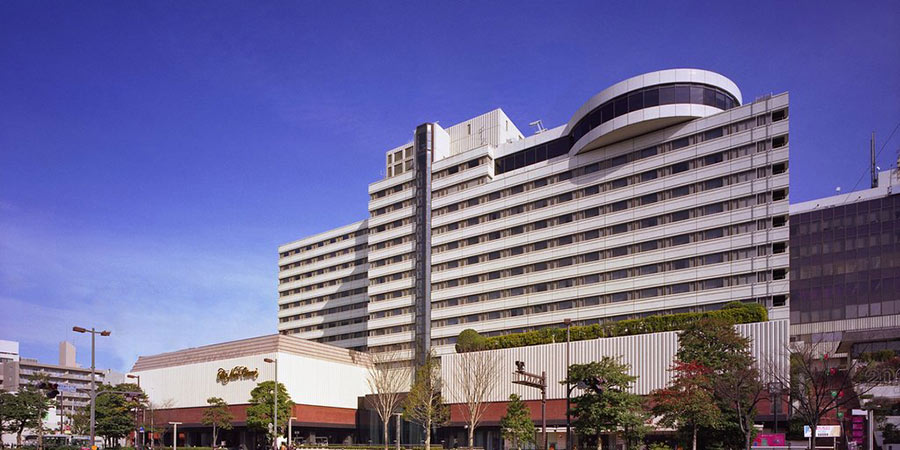
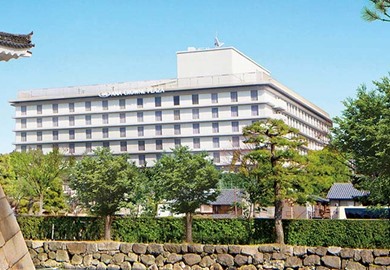
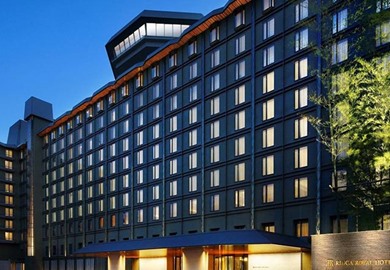
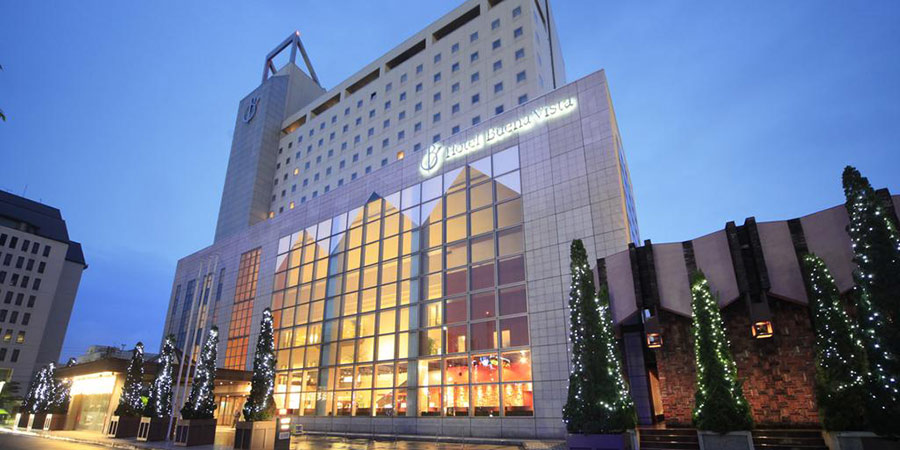
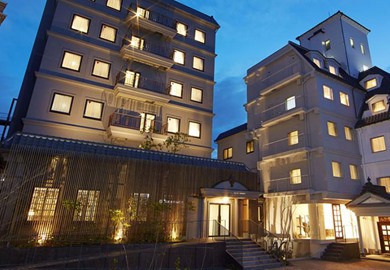
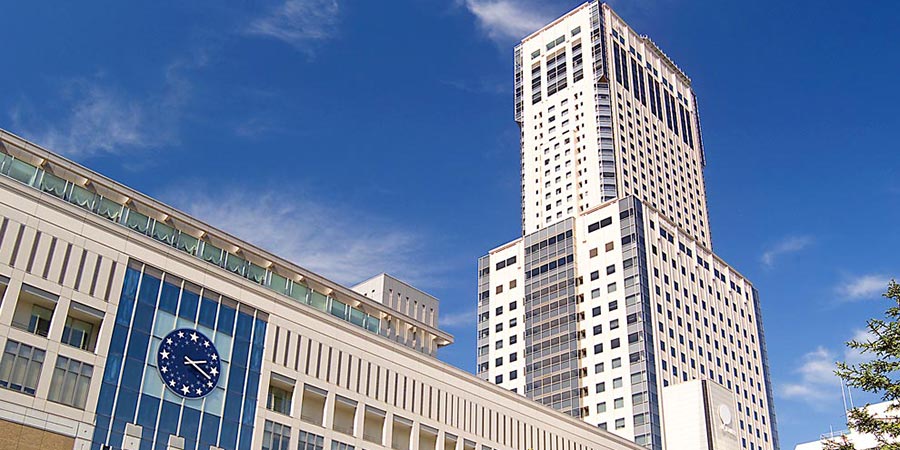
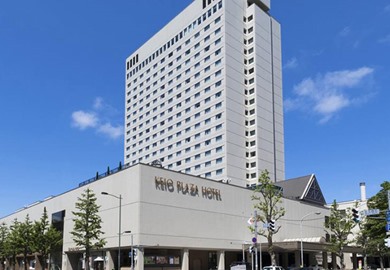
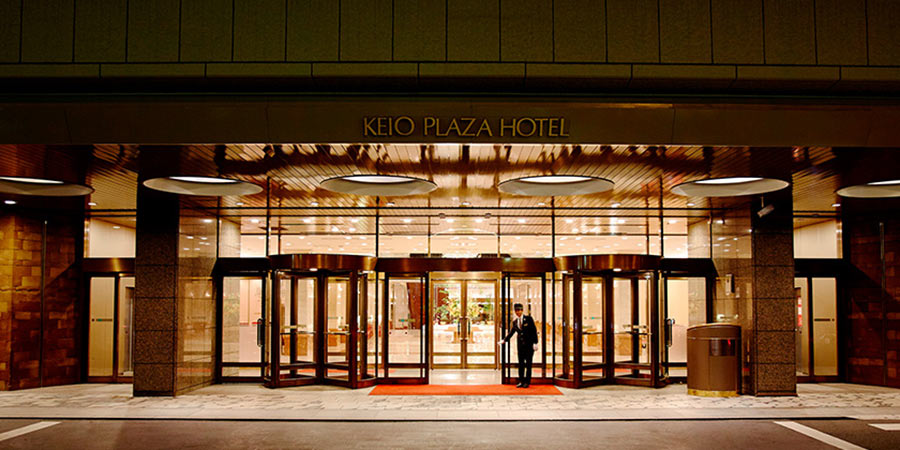
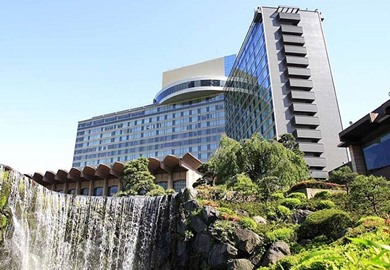
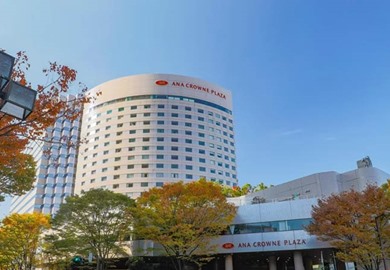
More information on the different trains that are used on this tour.

Shinkansen refers to the dedicated high-speed Japanese rail network that provides a link to most major cities on the islands of Hokkaido, Honshu and Kyushu. The name 'Shinkansen' is also used to refer to the trains that run on the network - which are perhaps better known to westerners as 'Bullet Trains'. Renowned for their punctuality, comfort and safety, the trains are frequent and fast, regularly running at speeds of up to 186mph (300km/h). The trains offer comfortable reclining seats and there are usually refreshment trolleys selling snacks and beverages.
Enhance your holiday
Flight upgrades are available. For information regarding the types of upgrades offered by the various airlines we use, call our expert team for details.

Spending a night in London before your tour can make such a difference to the first day of your holiday - you can arrive in the capital in good time, relaxed and ready to join your Tour Manager the next morning. You may even want to take in a show on the West End or dine in one of London's famous restaurants. Perhaps on your return to London, you would like to break your journey with an overnight stay before continuing home.
We can book a wide range of hotels in central London or, for our holidays beginning with a flight, at Heathrow, Gatwick, or Manchester Airport for the night before or after your holiday. If you require a quote for single occupancy at any of the hotels, please contact us on 01904 734 805.

Buying tickets for UK train services can be a tricky business - there are so many fares to choose from, each with different rules and restrictions. As you are connecting with an international departure, we strongly recommend that you book a fully flexible ticket to ensure that should the departure times for your holiday change, your rail ticket can allow for these changes.
We can book fully-flexible UK rail tickets from your local station to join your holiday whether this be a European holiday from St Pancras or a UK holiday. The prices are competitive and tickets are not restricted to a particular train or time of day, and in most cases offer you a free choice of routes.
For an up to date quote from your local station, please ask one of our Tour Advisors.
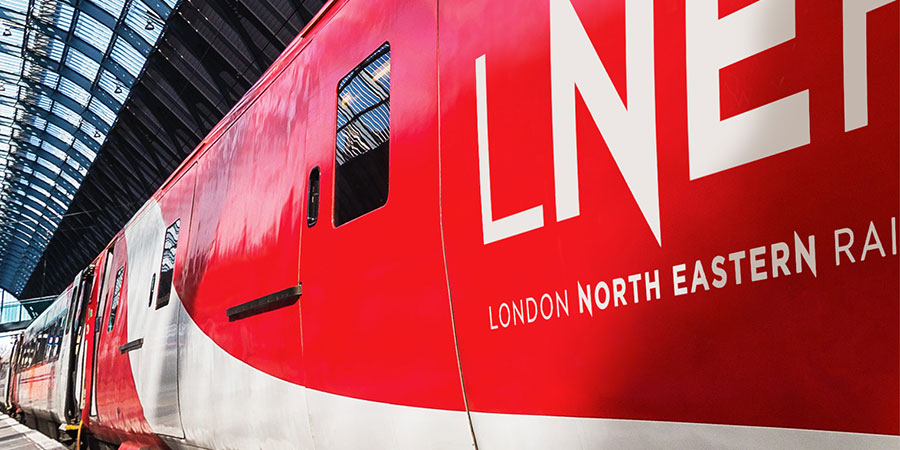
Reviews

YatesieMRY
Submitted 11 Nov 2025
What a fantastic tour to see Japan from North to South with so many amazing things to see and experience. The itinerary was well planned to give a good taste of Japan and the main sites to visit. Going on the bullet trains was a highlight for most of our group. All the hotels were well chosen and every day was filled with lots to see. I highly recommend this tour to anyone going to Japan for the first time. Highlights include: going up the Sapporo tower; having fresh fish in Hakodate and seeing the old fort; getting a glimpse of Mt Fuji in Hakone; the Hamarikyu gardens and Senso-ji temple in Tokyo; the amazing art of Chihiro Iwasaki in Matsumoto; experiencing an Onsen in Takayama; the train museum in Kyoto and the bamboo forest; seeing the world's biggest bronze Buddha and the Nara deer park; the memorial in Hiroshima and seeing the Torii gate on Miyajima.
Collected by Trustpilot
Ann Redman
Submitted 03 Jun 2025
Brilliant holiday, very well organised.
Collected by Trustpilot
Liz Smillie
Submitted 27 May 2025
Fantastic holiiday with excellent tour guides who saw to our every need and guided us to perfection. So many highlights, excellent hotels, good value for money and a brilliant all round insight into the country which was fascinating. All in all a wonderful, memorable trip.
Collected by Trustpilot
APS
Submitted 09 May 2025
Amazing trip with knowledgeable guides, a full programme of venues, places of interest and various ways of transport in between.
Collected by Trustpilot
Gary J
Submitted 29 Apr 2025
Great tour..Saw so much while there..Also lots of train and coach journeys through the countryside Its a very full on and busy tour,there is lots of walking too..Youll definitely get your steps in..Great hotels though you spend very little time in them..Lots of shrines and temples..many cultural things too..Some amazing cities and all very varied in size and looks..If you are lucky and its a clear day you will get to see Mount Fuji which is spectacular..also depending what time of year you go the Cherry Blossom is also a sight to see..There are two guides both English/Japanese speaking so good information and knowledge all round..There is a lot to take in and sometimes not enough time at places and sometimes too much time..But that can sometimes be down to the weather..All in all it was a lovely experience..Japan is very beautiful and its people are very welcoming..
Collected by Trustpilot
Chris Read
Submitted 29 Apr 2025
Never been to Japan, so I chose the Grand Tour as it visited all three major islands. It produced a varied, informative and thoroughly enjoyable holiday. We were led by an experienced and excellent team of Tour Manager Kevin Childs and local guide "TimoSan" who did a brilliant job of leading and guiding our mixed group of Brits, Americans, Aussies and New Zealanders. The tour was well paced for us (as we prefer a "busy" holiday) and the train journeys were particularly enjoyable - in Japan the bullet trains are always on time and you get just one minute to board. Despite a large group (38 I think), we made it with time to spare. The only negative was that two of the included dinners were not great - hopefully they will be improved. I would recommend this tour to anyone interested in touring Japan
Collected by Trustpilot